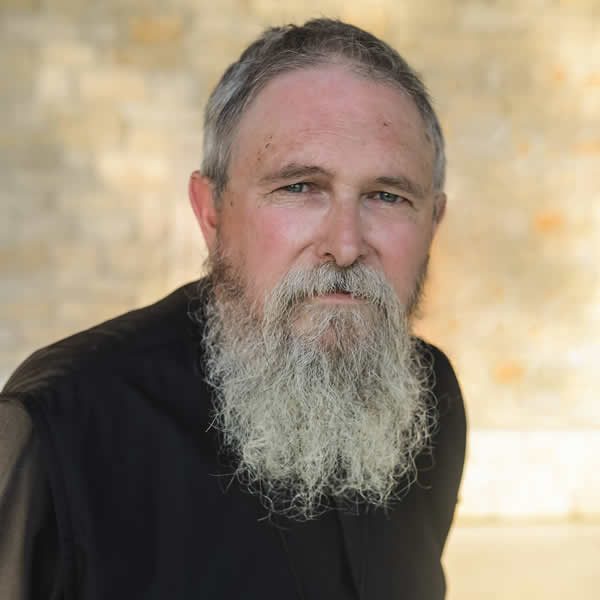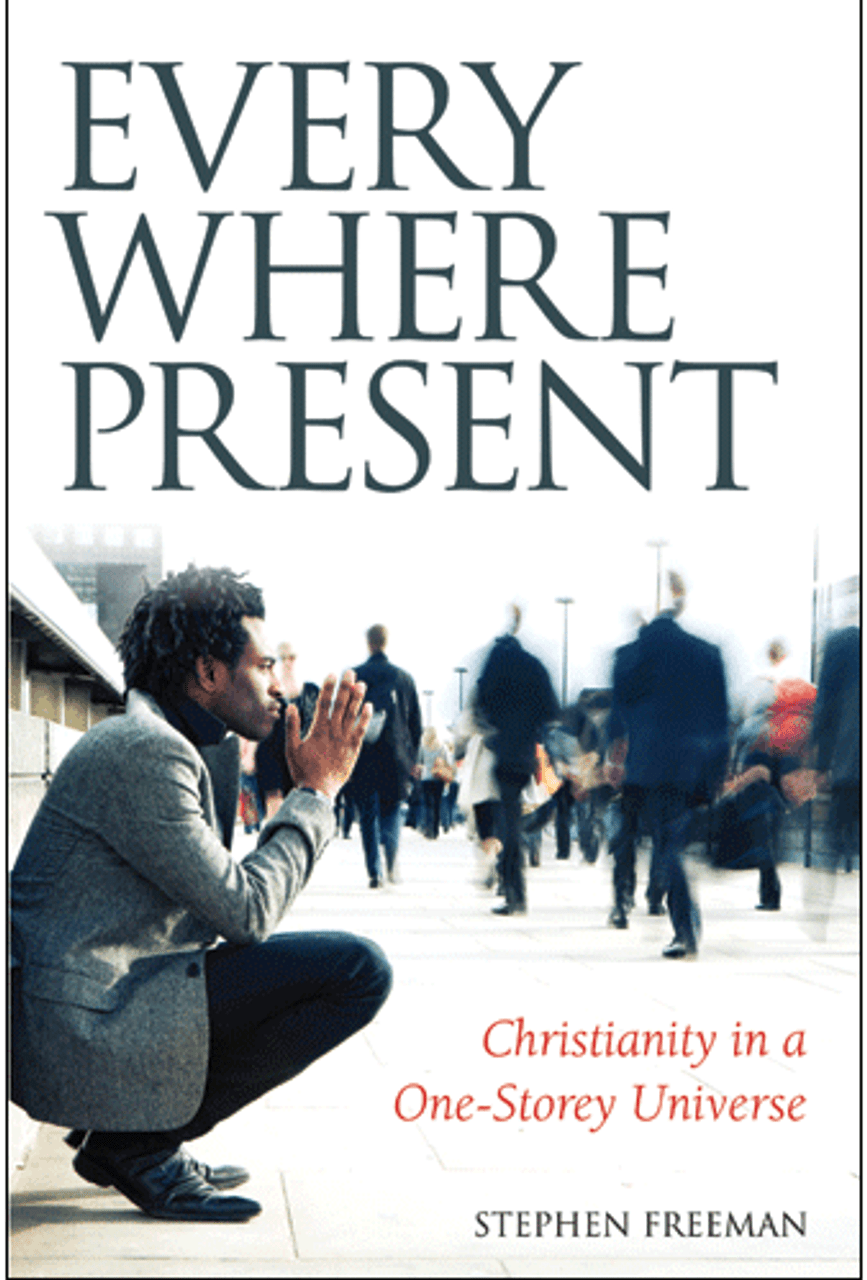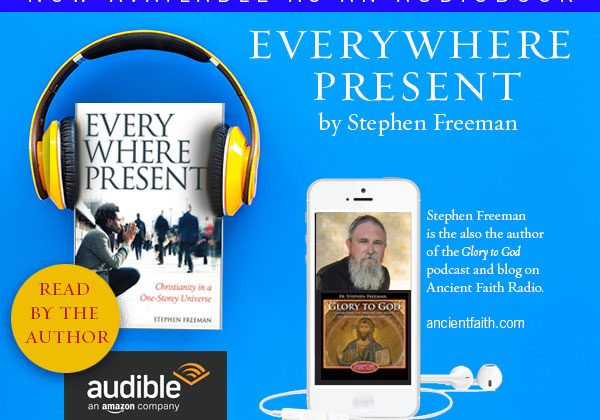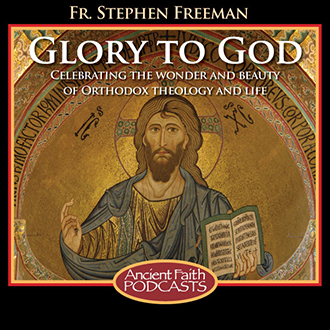
In the Transfiguration, Christ is seen speaking with Moses and Elijah on the top of a mountain, shimmering with a light of unbearable brightness. It is an event unlike anything else in the gospels, deserving the Great Feast that is associated with it. That Christ is seen speaking with Moses and Elijah is itself an affirmation that in Him, the whole of the Law and the Prophets find their fulfillment. Interestingly, we are told that the content of their conversation was Christ “departure” (“exodus”) which was soon to take place.
I’ve long pondered the nature of that conversation. Is it Moses and Elijah telling Jesus something He does not know? Or is it Jesus telling Moses and Elijah what they do not know? And how are Moses and Elijah standing at that same point in time?
In the icon of the Transfiguration, the event is surrounded with a “mandorla,” a sort of artistic parenthesis that signals an event that somehow stands outside of space, time, and our understanding.
A very rich suggestion, by some, is that this moment, on this mountain, joins two other moments on two other mountains: Moses on Mt. Sinai as He stands in the divine light and Elijah on Mt. Horeb as listens to the still, small voice of God. If you will, the space and time within a mandorla can accommodate all three. This would suggest that it is Christ who is unfolding the mystery of His departure, the mystery of the Cross, to Moses and Elijah. It is an approach that is probably my favorite.
When we sing of this event on its feast day, we say:
You were transfigured on the mountain, O Christ God,
revealing Your glory to Your disciples as far as they could bear it.
That which is in the mandorla stretches us unbearably. We know the disciples weren’t ready to understand Christ’s departure – indeed, in Matthew’s gospel, just shortly before the transfiguration, Peter tries to rebuke Jesus over the idea that He would suffer and die. It is Jesus, however, who turns the rebuke on Peter, even calling him “Satan.”
It has become extremely fashionable in our time to think of everything in terms of history. The clean lines of cause-and-effect, of earlier proceeding to later, fits easily in our imagination’s notions of management. We study the past in order to plan for the future. If events break the boundaries of this continuum, our whole management scheme falls apart. What are we to do if Peter, James, and John witness a mystical entanglement of Old and New, of predicted Messiah speaking to predictors?
Modern(ist) Bibilical scholars have long dismissed the whole event as religious fiction. Too many rules are broken. Matthew, Mark, and Luke should have known better. In truth, the Transfiguration, complete with its entangled conversation, is a vision of the Church’s singular perception of Christ. This man, Jesus of Nazareth, is also the Logos, the Only-Begotten Son who is in the bosom of the Father. He is before all things and all things were made through Him. It is this Only-Begotten who spoke with Moses on the Mountain and whispered in the ear of Elijah. As He Himself said, “Before Abraham was, I am.”
This is the Lord who gathers all of history into Himself – for history is a story of His telling. When, by faith, we enter into the Cloud of Light on the Holy Mountain, we hear the voice telling us, “This is my beloved Son, with whom I am well-pleased. Listen to Him.”
In that listening, we can learn to see that He has stood with us on every mountain, every moment of singular meaning. He stood with us before we knew Him, and even when we only saw Him through our lenses of distortion. He stands with us now, speaking of His exodus, just as He will stand with us at the time of our own exodus.
Listen to Him, as far as you can bear it.






Leave a Reply